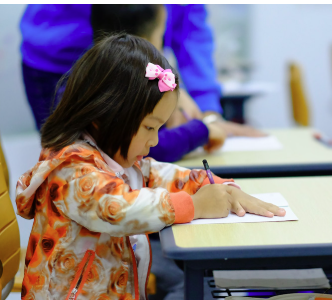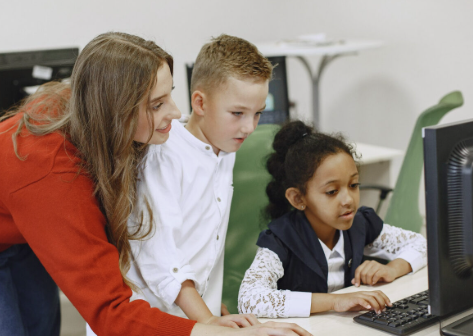Educational inequality remains a global challenge, with factors like socioeconomic status, geographic location, and limited access to quality resources contributing to the gap in learning opportunities. However, innovation in education is helping to close this gap by making learning more accessible, inclusive, and adaptable. Through creative use of technology, flexible learning models, and community-focused programs, educational innovation is reaching more students and meeting diverse needs. Here’s how innovation is playing a key role in narrowing the education divide:
- Expanding Access Through Online Learning
Digital platforms have revolutionized access to education by offering free or low-cost lessons to anyone with an internet connection. Learners in remote areas or underserved communities can now study with the same resources available to students in top schools. - Mobile Learning for Flexibility
Mobile apps and SMS-based education programs are making it possible for students to learn without needing a computer. This is especially impactful in regions with limited infrastructure, where mobile phones are more accessible than other devices. - Open Educational Resources (OER)
Free, openly licensed materials such as digital textbooks, videos, and lesson plans are helping schools with limited budgets. OER ensures that high-quality content can be shared, customized, and translated to fit various cultural and linguistic contexts. - Hybrid and Blended Learning Models
Combining in-person instruction with digital tools allows for more personalized learning experiences. These models support flexible scheduling, cater to different learning styles, and make it easier to keep students engaged even outside the traditional classroom. - Community-Based Learning Initiatives
Local learning hubs, mentorship programs, and community internet access points help bring education closer to underserved populations. These efforts build trust and reduce the barriers often associated with formal institutions. - Assistive Technologies for Inclusive Learning
Tools such as text-to-speech, screen readers, and speech recognition software support students with disabilities. These innovations make classrooms more inclusive and ensure that all learners have the tools they need to succeed. - AI and Adaptive Learning Platforms
Artificial intelligence can tailor lessons based on individual progress and needs. This allows educators to provide more support to struggling students and challenge advanced learners—closing gaps within the same classroom. - Innovative Teacher Training and Support
Online professional development programs and collaborative teaching platforms equip educators with new strategies and tools. Training teachers in modern pedagogy helps create more engaging, equitable learning environments. - Low-Tech and Offline Solutions
In areas with no internet access, radio and television programs, printed learning packets, and community radio lessons offer alternative educational delivery methods that maintain learning continuity. - Public-Private Partnerships
Collaborations between governments, tech companies, and nonprofit organizations are funding infrastructure, donating devices, and creating scalable programs to reduce educational disparities.
In summary, innovation is proving to be a powerful ally in the fight against educational inequality. By leveraging technology, embracing flexible learning methods, and supporting communities, education systems are evolving to reach learners who were once left behind. As these solutions continue to grow, the future holds promise for a more inclusive and equitable education landscape for all.














